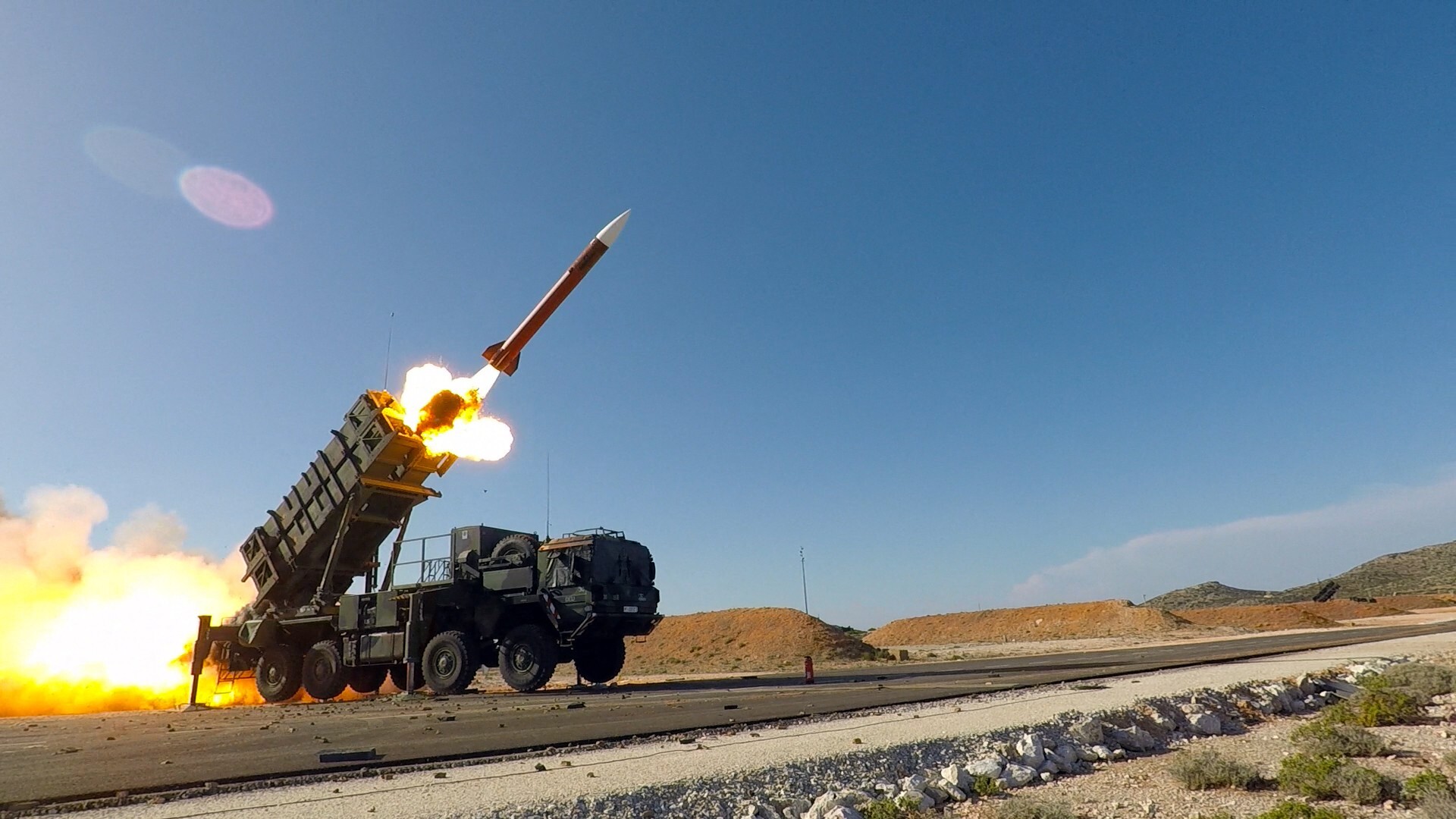In one of the most intense weeks of aerial warfare since the onset of the conflict, Ukraine’s Defense Forces demonstrated remarkable resilience and technological prowess, successfully destroying 841 air targets launched by Russia and its allied forces. This extraordinary defensive effort underscores not only Ukraine’s growing sophistication in air defense but also the unrelenting pressure it faces from an adversary determined to break its will through the skies.
According to official military reports, during the past week alone, Ukrainian air defense units neutralized an array of threats, showcasing their ability to adapt to a complex and multi-layered battlefield:
- 31 Kh-101/Kh-55SM cruise missiles were intercepted. These long-range precision missiles, designed to strike strategic infrastructure deep within Ukrainian territory, have been a persistent threat. Their neutralization significantly reduced the risk of further damage to Ukraine’s critical infrastructure.
- 7 Iskander-M (or North Korean-supplied KN-23) ballistic missiles were successfully destroyed. The Iskander system is one of the most lethal in Russia’s arsenal, capable of evading traditional radar detection due to its low-flight trajectory and maneuverability. Intercepting such missiles is a notable technical achievement.
- 6 Kalibr cruise missiles were downed. The Kalibr missiles, often launched from naval platforms in the Black Sea, have been a mainstay of Russian long-range strikes. Neutralizing them reflects the growing integration of Ukraine’s sea-based and land-based early-warning systems.
- 4 Kh-59/69 guided missiles were also intercepted. These air-to-ground precision weapons are typically launched from Russian bombers, designed to destroy key tactical targets.
However, it is in the domain of unmanned aerial vehicles (UAVs) where Ukraine faced, and overcame, its most overwhelming threat:
- 442 Shahed drones — primarily the Iranian-designed Shahed-131 and Shahed-136 models — were shot down. These drones, cheap and numerous, are often used in “saturation attacks” intended to overwhelm air defenses and exhaust Ukraine’s anti-air missile supplies.
- 114 reconnaissance UAVs were destroyed, denying Russian forces crucial battlefield intelligence and helping to protect Ukrainian troop movements and supply lines.
- 237 other types of UAVs — a mix of surveillance, kamikaze, and electronic warfare drones — were also neutralized.
In parallel, Ukraine’s Air Force aviation carried out about 160 combat operations during the week, including strikes on Russian troop concentrations, air defense systems, ammunition depots, and logistics hubs. These sorties were critical in not only degrading the enemy’s offensive capabilities but also supporting ground operations across multiple sectors of the front line.
The scale of these air engagements illustrates a broader trend in the conflict: Russia’s increasing reliance on asymmetric aerial bombardments, particularly using large numbers of drones and precision missiles, in an attempt to exhaust Ukraine’s air defenses and strike civilian targets. Yet, the numbers also reveal a different story — a maturing, layered Ukrainian air defense architecture capable of withstanding these barrages with increasing effectiveness.
Western-supplied systems, such as the U.S. Patriot missile batteries, Germany’s IRIS-T systems, and NASAMS launchers, combined with Ukraine’s own upgraded Soviet-era platforms, have created a protective shield over much of the country. Nevertheless, the intensity of attacks raises critical questions about the sustainability of such defenses over time, especially as the need for constant resupply of missiles, drones, and radar components grows.
In the broader strategic picture, Ukraine’s success in defending its skies this week represents not just a military achievement but also a psychological one. It denies Russia the easy victories it seeks through terror and destruction and keeps hope alive for millions of Ukrainians on the ground.
As the war enters its next phase, the battle for control of the skies — through missiles, drones, and electronic warfare — will remain one of the most decisive arenas of the conflict.

